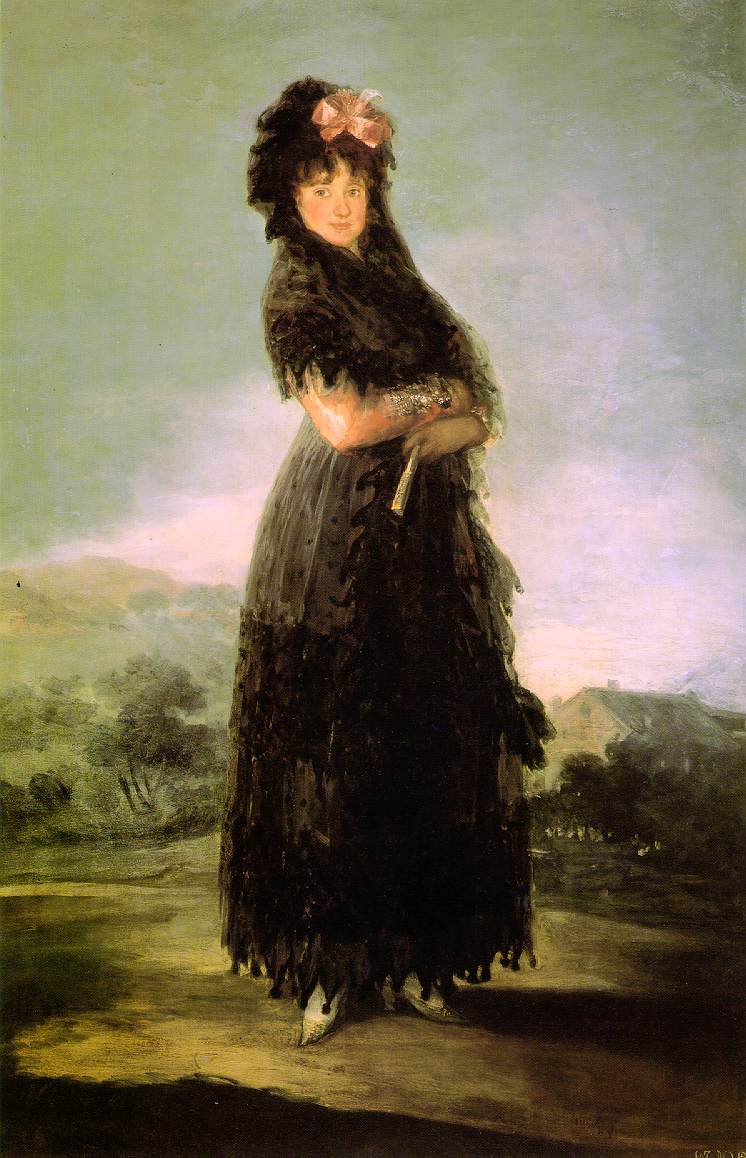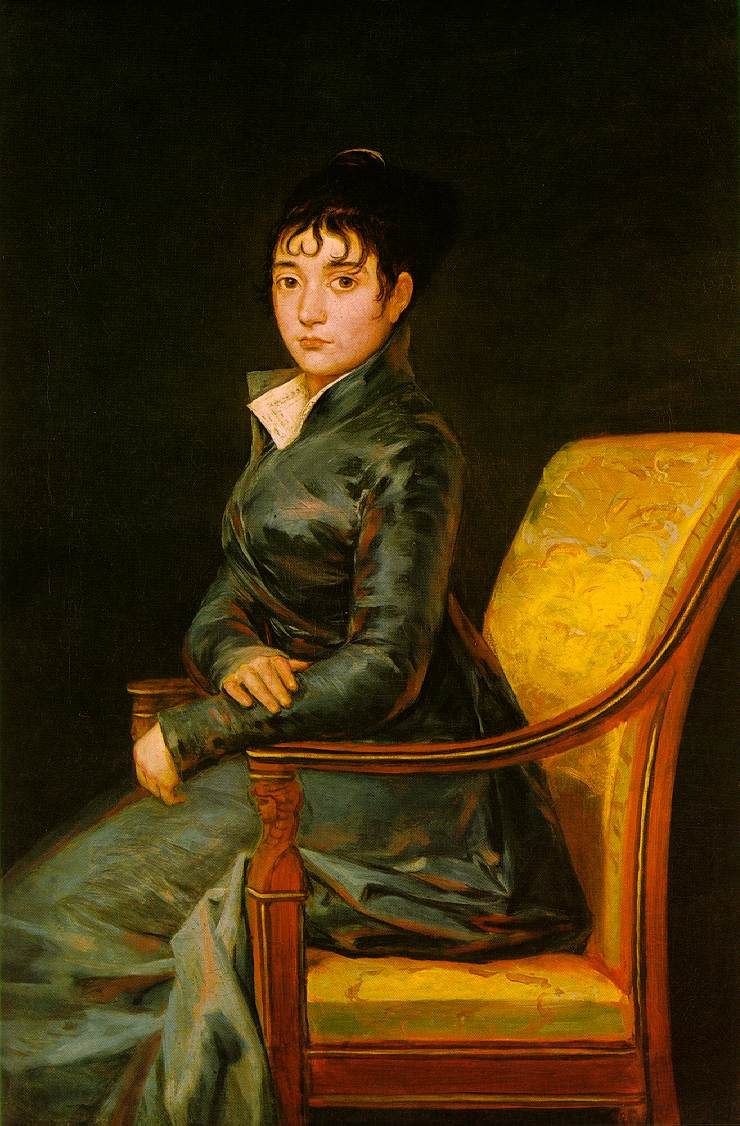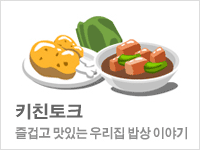목요일 서양사 시간의 발제를 위해서 슈테판의 시간여행을 읽다가
저자가 고야에 대해서 언급한 부분을 만나게 되었지요.
영혼의 거울을 비추는 화가라는 표현에 눈길이 가서
그를 다시 생각하게 되었습니다.
그런데 어제 마두도서관에 가서 책을 빌리려고 서가를 뒤적이다가
바로 그런 제목의 책 영혼의 거울 고야를 발견했습니다.
당연히 빌려왔지요.
오늘 아침 두 아이가 다 시험을 보는 날인데
살다보니 이런 날이 하는 날이 바로 오늘이네요.
아들녀석이 마지막 시험날이라고
일곱시에 깨워달라는 겁니다.
거의 매번 말만 그렇게 하고 일어나지 않아서 애를 먹이는 아이인데
오늘은 무슨 일인지 벌떡 일어나서 샤워를 하고는
간단히 아침먹고 일찍 집을 나서는군요.
학교에 가서 조금 더 공부를 하고 시험을 보겠다고요.
덕분에 제 하루가 조금 일찍 시작되었고
다른 할 일을 하고 나서 그림을 볼 수 있을 만큼
정신이 깨어난 시간에 제일 먼저 하는 일이 구글에 들어가서 고야에 대한 검색을 해서
글을 조금 읽어본 다음 그림을 보고 있는 중입니다.
근대미술의 아버지라고도 불린다는 고야,그는 60년에 걸쳐서 그림을 그렸기때문에
그림의 경향이 여러차례에 걸쳐 사뭇 달라집니다.
물론 후기로 갈수록 대작이 나오지요.
결정적으로 그의 운명을 바꾼 사건은 귀에 문제가 생겨서 청력을 잃게 되는 것인데요
외부에서 들려오는 소리가 들리지 않자 내면으로 침잠하여 인간이란 무엇인가에 대해
조금 더 깊이 생각하게 되고
그것이 그림에 반영된다는 것이라고 하네요.

병자인 고야와 그를 치료한 의사를 그린 것입니다.
그림을 찾다보니 순서대로가 아니라 눈에 확 띄는 작품을 먼저 보게 되었습니다.
다음은 고야에 대한 간단한 바이오그라피인데요
Goya (y Lucientes), Francisco (José) de (b. March 30, 1746, Fuendetodos, Spain--d. April 16, 1828, Bordeaux, Fr.), consummately Spanish artist whose multifarious paintings, drawings, and engravings reflected contemporary historical upheavals and influenced important 19th- and 20th-century painters. Like Velázquez, Goya was a Spanish court painter whose best work was done apart from his official duties. He is known for his scenes of violence, especially those prompted by the French invasion of Spain. The series of etchings Los desastres de la guerra ("The Disasters of War", 1810-14) records the horrors of the Napoleonic invasion. His masterpieces in painting include The Naked Maja and The Clothed Maja (c. 1800-05). He also painted charming portraits such as Senora Sabasa Garcia.
For the bold technique of his paintings, the haunting satire of his etchings, and his belief that the artist's vision is more important than tradition, Goya is often called "the first of the moderns." His uncompromising portrayal of his times marks the beginning of 19th-century realism.
Francisco Jose de Goya y Lucientes was born on March 30, 1746, in Fuendetodos, a village in northern Spain. The family later moved to Saragossa, where Goya's father worked as a gilder. At about 14 young Goya was apprenticed to Jose Luzan, a local painter. Later he went to Italy to continue his study of art. On returning to Saragossa in 1771, he painted frescoes for the local cathedral. These works, done in the decorative rococo tradition, established Goya's artistic reputation. In 1773 he married Josefa Bayeu, sister of Saragossa artist Francisco Bayeu. The couple had many children, but only one--a son, Xavier--survived to adulthood.
From 1775 to 1792 Goya painted cartoons (designs) for the royal tapestry factory in Madrid. This was the most important period in his artistic development. As a tapestry designer, Goya did his first genre paintings, or scenes from everyday life.
The experience helped him become a keen observer of human behavior. He was also influenced by neoclassicism, which was gaining favor over the rococo style. Finally, his study of the works of Velázquez in the royal collection resulted in a looser, more spontaneous painting technique.
At the same time, Goya achieved his first popular success. He became established as a portrait painter to the Spanish aristocracy. He was elected to the Royal Academy of San Fernando in 1780, named painter to the king in 1786, and made a court painter in 1789.
A serious illness in 1792 left Goya permanently deaf. Isolated from others by his deafness, he became increasingly occupied with the fantasies and inventions of his imagination and with critical and satirical observations of mankind. He evolved a bold, free new style close to caricature. In 1799 he published the Caprichos, a series of etchings satirizing human folly and weakness. His portraits became penetrating characterizations, revealing their subjects as Goya saw them. In his religious frescoes he employed a broad, free style and an earthy realism unprecedented in religious art.
Goya served as director of painting at the Royal Academy from 1795 to 1797 and was appointed first Spanish court painter in 1799. During the Napoleonic invasion and the Spanish war of independence from 1808 to 1814, Goya served as court painter to the French. He expressed his horror of armed conflict in The Disasters of War, a series of starkly realistic etchings on the atrocities of war. They were not published until 1863, long after Goya's death.
Upon the restoration of the Spanish monarchy, Goya was pardoned for serving the French, but his work was not favored by the new king. He was called before the Inquisition to explain his earlier portrait of The Naked Maja, one of the few nudes in Spanish art at that time.
In 1816 he published his etchings on bullfighting, called the Tauromaquia. From 1819 to 1824 Goya lived in seclusion in a house outside Madrid. Free from court restrictions, he adopted an increasingly personal style. In the Black Paintings, executed on the walls of his house, Goya gave expression to his darkest visions. A similar nightmarish quality haunts the satirical Disparates, a series of etchings also called Proverbios.
In 1824, after the failure of an attempt to restore liberal government, Goya went into voluntary exile in France. He settled in Bordeaux, continuing to work until his death there on April 16, 1828. Today many of his best paintings hang in Madrid's Prado art museum.
스페인에서 태어나 죽음은 보르도에서 맞이했군요.
정치적인 문제로 인해 일종의 망명을 한 상태였다고 합니다.

고야의 그림중 우리에게 잘 알려진 것은 역시 초상화이겠지요?



그러나 아직 이 시기의 그림에서는 영혼의 거울이란 말이 어울릴 그런 작품들이 나오는 것은
아닌 것 같아요.


한 번에 그림을 다 보기엔 우선 양이 너무 방대하고
시기별로 조금 더 읽고 생각할거리가 많은 화가라
오늘 아침은 초상화를 보는 것으로 만족해야 할 것 같네요.
그래도 아홉시,정말 하루를 일찍 시작하는 것의 즐거움을 알 것 같은 아침입니다.


 회원정보가 없습니다
회원정보가 없습니다